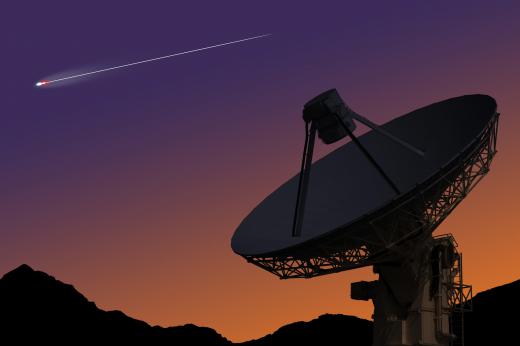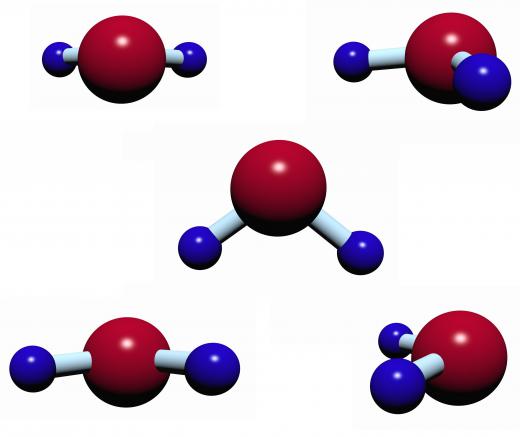What is Epsilon Eridani?
 Michael Anissimov
Michael Anissimov
Epsilon Eridani is a Sun-like star, located roughly 10.5 light years from the Earth. Epsilon Eridani is slightly smaller than the Sun, with around one quarter of the Sun's luminosity. A large disk of gas and dust still surrounds the star, and Epsilon Eridani is believed to be fairly young, at around eight hundred million years old. One planet has already been confirmed orbiting the star, at a distance of around three AU; at ten light years away, it is the closest confirmed extrasolar planet. Clumps of gas and dust in the star's disk suggest a second planet, much farther out. Many scientists believe that Earth-like, terrestrial planets may be orbiting Epsilon Eridani, and the star is one of the prime candidates in the search for extraterrestrial life.
In 1998, a team of astronomers detected a planet orbiting the star using Epsilon Eridani's Doppler shift, which indicates how fast the star is moving towards or away from the Earth. Doppler shift analysis is the most common planet-searching technique; if a large planet is present, its gravity will pull the star in different directions as the planet moves along its orbit. Because Epsilon Eridani is so young, the star's surface is still fairly volatile, and this was proposed as an alternative explanation for the data- however, further analysis confirmed the presence of a planet, now called Epsilon Eridani b. The planet itself is probably gaseous, and is too far away from its star to support liquid water; however, its presence may be indicative of other planets closer in.

Epsilon Eridani is surrounded by a large disk of gas and dust, at a distance of around 30-100 AU, left over from the star's formation. Odd clumps in the disk indicate the presence of a second planet, Epsilon Eridani c, which is much less massive than Jupiter and orbits at a distance of around 40 AU. Although it cannot currently be detected using traditional techniques due to its long, slow orbit, if confirmed, it will be one of the largest-orbit planets ever detected, with an orbit longer than Pluto's in our own solar system.

If any life does exist in the Epsilon Eridani system, it is probably on a small planet closer to the star, which hasn't yet been detected. Epsilon Eridani b itself is too cold to have moons with liquid water, and it has a highly eccentric orbit which would disrupt any organic chemical reactions. The planet's gravitational influence could help to shield terrestrial planets from incoming comets, which are still abundant due to the system's youth; it could also interfere with the planetary formation process, stopping any other planets from growing past the size of an asteroid.
Microwave emissions from water molecules have been detected, but no one knows where these are coming from within the system, and they could have been emitted from the star itself. Several proposed space missions hope to block the light coming from host stars, to see their planets directly; Epsilon Eridani is one of the primary targets, and this analysis could ferret out additional planets or find chemical signs of life.
AS FEATURED ON:
AS FEATURED ON:












Discuss this Article
Post your comments